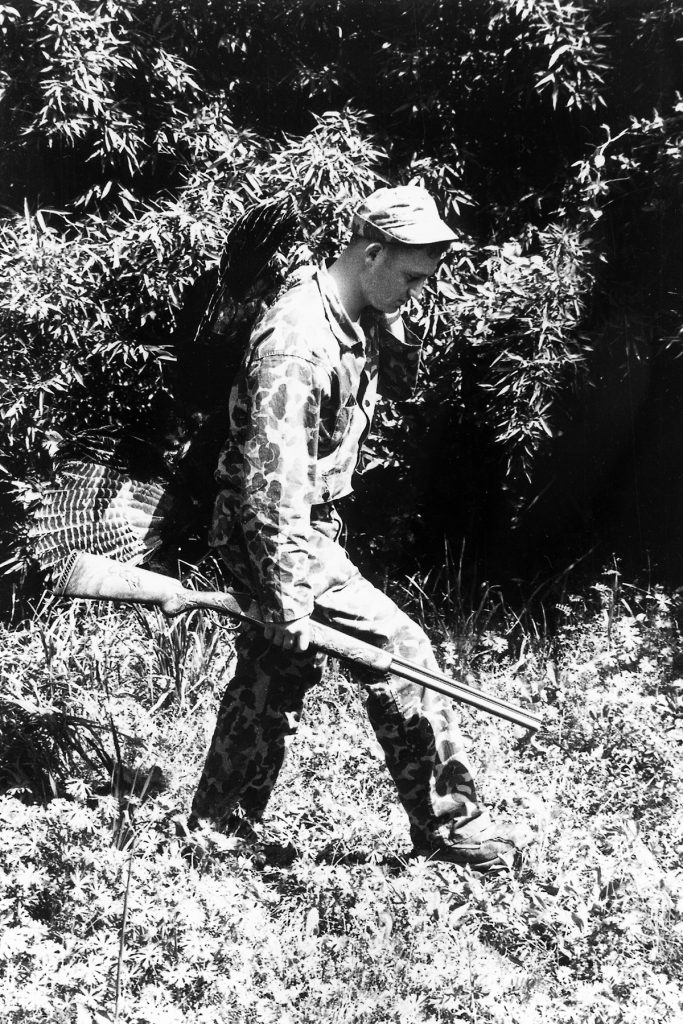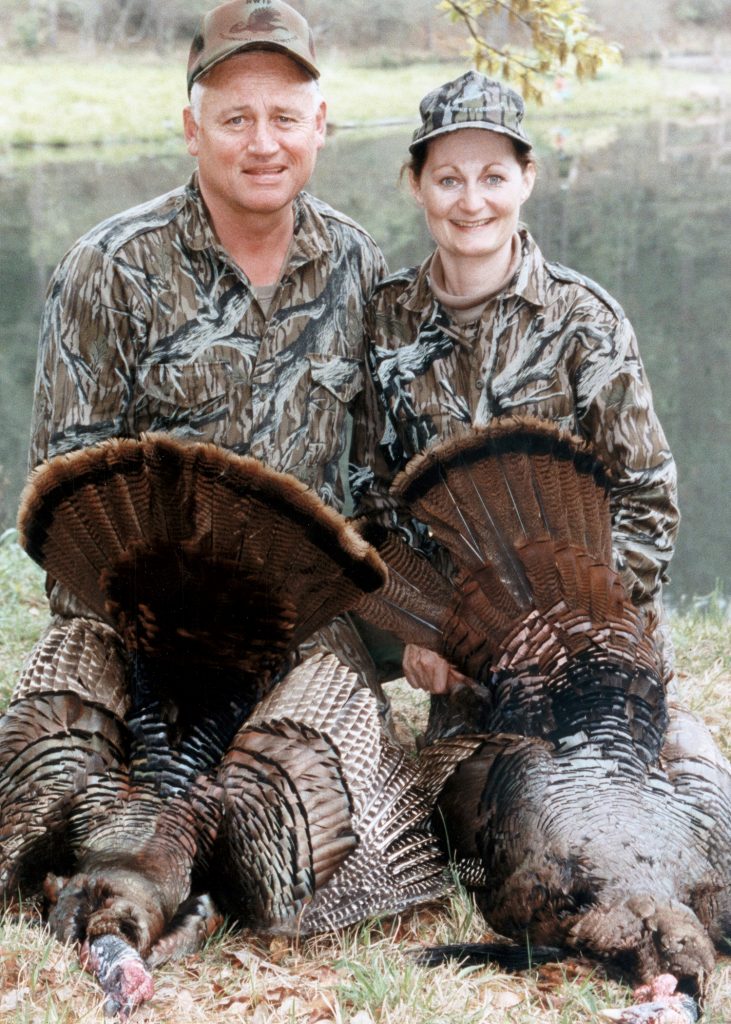Fruits of a Hunter’s Labor
What comes from 60 years of turkey hunting? A veteran of the woods expounds on his experiences.
As a teenager hunting turkeys with my father in the 1950s, there weren’t any instruction manuals available. No camo. Mouth calls were as hard to find as hen’s teeth and shotguns were basic with paper shells. And the few hunters who were fortunate to have a place to hunt guarded their techniques and spots like gold miners who had struck it rich. This meant you had to learn it on your own by trial and error.
I’ve screwed up hunting gobblers multiple times in my six decades of chasing turkeys. The lessons I’ve learned the hard way that made the biggest difference were the need for patience, the importance of knowing the land and where to set up, when to call and knowing the bird’s basic habits.
The first lesson: patience. Getting in a hurry to move and change positions too quickly has cost me more turkeys than I care to remember. A gobbler has his own schedule. He doesn’t have a watch and expects his bride-to-be to come to him. I don’t know how many times I’ve looked at my watch and said, “I’ll give him 10 more minutes,” and got up to hear a putt as I was busted. Over time, I’ve learned that when a gobbler realizes something is amiss, it’s probably too late to pull the trigger. Spooked gobblers get harder to kill, so I am a more patient hunter than when I started. The bird knows enough already without me educating him more.

Second lesson: knowing the land. What has gotten me more turkeys over the years than anything is knowing the woods where birds live. Toms know where they like to strut and the best way to get there. Too often when I heard a gobble, I made a hasty decision to grab the wrong tree. Taking the time to pick the right tree is critical.
Once I am positioned, that’s when I should start to call. When dealing with a hot gobbler, I learned to get aggressive in my calling. If the bird was silent or I thought it had a hen, I would go soft on the calling. I found more times than not, trying to challenge a hen means it will just lead the gobbler off. You may make him answer, but he is going to follow his honey.
Next, I found my set-up location needed to be large enough to break up my profile but not enough that I couldn’t see what was happening. I found that a turkey chair with armrests gets me off the ground. Sitting on wet ground or roots or rocks makes for a miserable morning. It also gives me a chance to pivot left or right if the gobbler doesn’t come exactly in the direction I expected. My setup, if possible, should also be free of other obstructions in case I needed to move around the tree.
While this was a personal lesson, I started out just using a mouth call because that’s what my father taught me. I started playing with cedar box calls, scratch boxes and slates. I carried my Lynch 101 box in my small vest but seldom used it. As I evolved as a turkey hunter, I reversed the order of what calls I used. I found a custom-built long box, which has a high pitch when you cut, makes your ears hurt, and it carries good in the wind for as much as a mile in the right conditions. You can cluck, soft yelp and purr depending on the need. I go with my slate to yelp, cluck or purr because I know I can get a different pitch than from my box. When the bird gets close, I go to the mouth call so I can remain perfectly still. Don’t think I’m against mouth calls; this is just my personal preference.

In closing, God blessed me to be able to hunt this magnificent bird all over North America during times ranging from limited populations to the glory years of abundance. My grandfather, Daddy Frank Kennamer, got to hunt the bobwhite quail with his pointer bird dogs when populations were at their peak near Selma, Alabama, in the 1930s. To my knowledge, he never saw a wild turkey in his life. Now that area has Boone and Crockett bucks and wild turkeys but few quail. If we take wild turkey populations for granted, we are doomed to losing them.
As we have seen turkey populations decline over the last decade, we need to keep it all in perspective. We had a whole generation before us that only dreamed of seeing a wild turkey, much less hunting them. After 60 years, I’ve learned now to appreciate that being in a wild turkey’s presence is a privilege. It’s more about the chase than the kill. That’s what gets me up in the dark – the hope I can have a conversation with one of God’s greatest creatures as he roams free.
Dr. James Earl Kennamer devoted a lifetime to wild turkey conservation. He was a turkey hunter first, though, and learned a few things along the way
